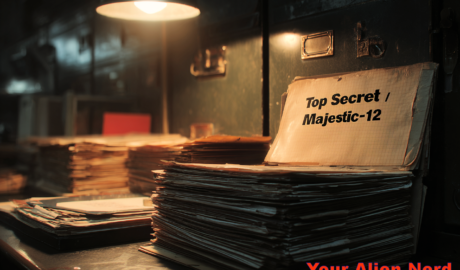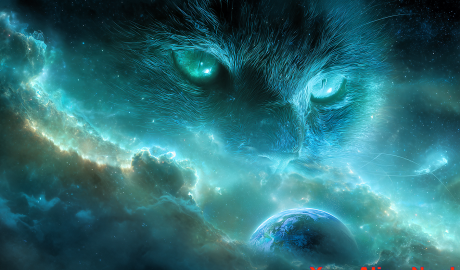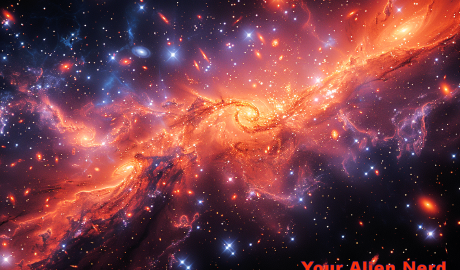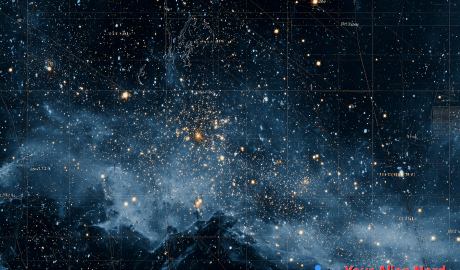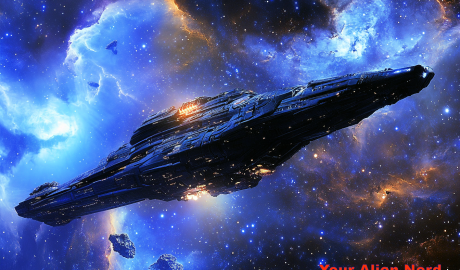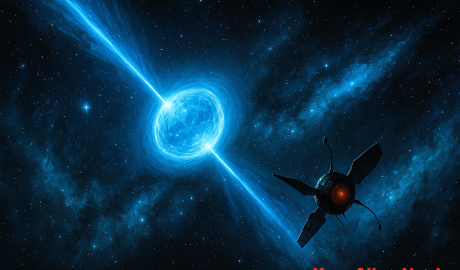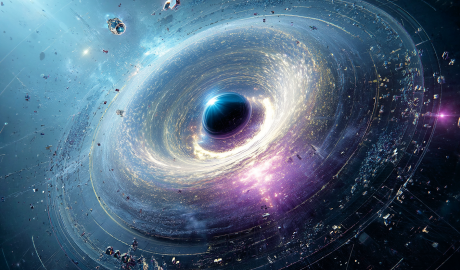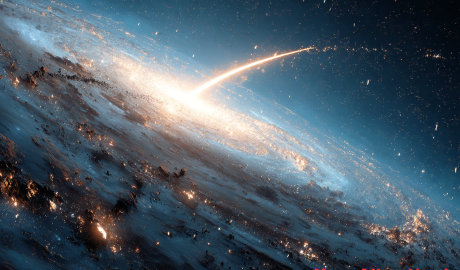Majestic-12: Fact, Hoax, or Disinformation?
Few names in UFO history carry as much mystique as Majestic-12 (or MJ-12). Allegedly formed by President Truman in 1947 after the Roswell incident, this supposed secret committee of scientists, military officers, and intelligence officials is said to have managed the recovery and study of crashed alien craft and theirContinue Reading

